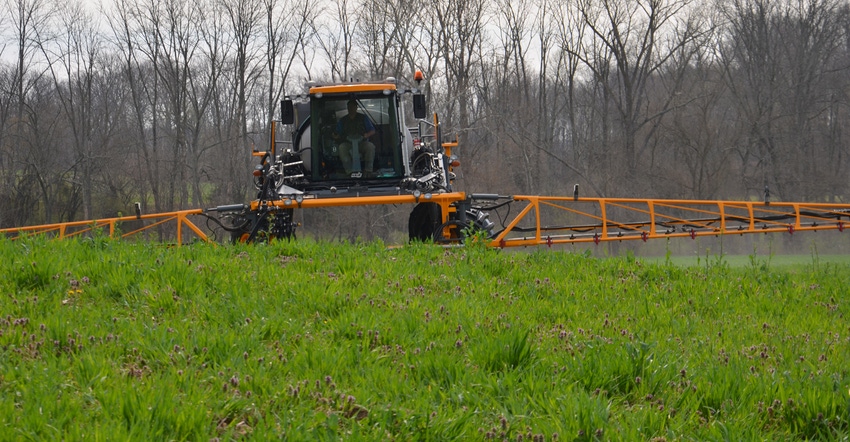April 22, 2019

My ag teacher, the late Jim Cummings, always said, “Don’t be the first to try something new, but don’t be the last one, either.” It’s advice that has served me well over the years.
If you haven’t yet tried cover crops, obviously you wouldn’t be the first to do so if you were to seed some this fall. Many people have already tried them — enough that Indiana has reached a million acres of cover crops, making it the third most grown crop in the state behind corn and soybeans.
While that’s exciting for saving soil and protecting the environment, there’s a flip side. Far less than 1 acre in 10 in Indiana sees a cover crop in the fall. Yet some people have done it successfully for long enough that they planted green into cover crops this spring.
Rick Clark, Williamsport, featured in Indiana Prairie Farmer stories previously, is such a believer in soil health that he not only plants green, but also crimps and rolls cereal rye, and plants seed corn without insecticide. He may be the first to try some things. The difference is he knows he’s the first, and he cautions other people not to do what he does if they don’t have experience. That disclaimer was front and center in the article and is in every talk he gives.
Comfort level
So where does that leave you? You don’t have to do what Clark does; you don’t even have to plant green. But if your acres are among the more than 90% that never see a cover crop, is it time to give it a try? People like Clark and a host of others who believe in cover crops but use more modest tactics are convinced they’re seeing benefits. Surely that many people can’t be wrong.
The Midwest Cover Crops Council recently issued “recipes” for those who haven’t tried cover crops before. There’s one guide for using cover crops ahead of soybeans, and a second for using them ahead of corn. Eileen Kladivko, a Purdue University Extension agronomist who has researched cover crops for over a decade, says these recipes are low-risk, and can help someone on the fence see the potential for benefits.
The idea for this blog blossomed while standing in the field recently, watching Clint Arnholt, Columbus, spray a barley and brassica cover crop in April. He’s all about soil health — that’s why he’s trying barley. Some people believe it helps promote soil health, especially for corn. But he’s not comfortable allowing cover crops to get so big that he must plant green.
It struck me that what he does makes perfect sense for him. What Rick Clark does makes sense for him. There is no right or wrong way to make cover crops successful. The correct way is what works for you.
It seems the only way you can lose is if you don’t try cover crops. Maybe this is the year you can get a glimpse of what some people think is the future of farming: soil health. If you don’t want to be the last to try a proven practice, cover crops may be calling your name.
Comments? Email [email protected].
You May Also Like




